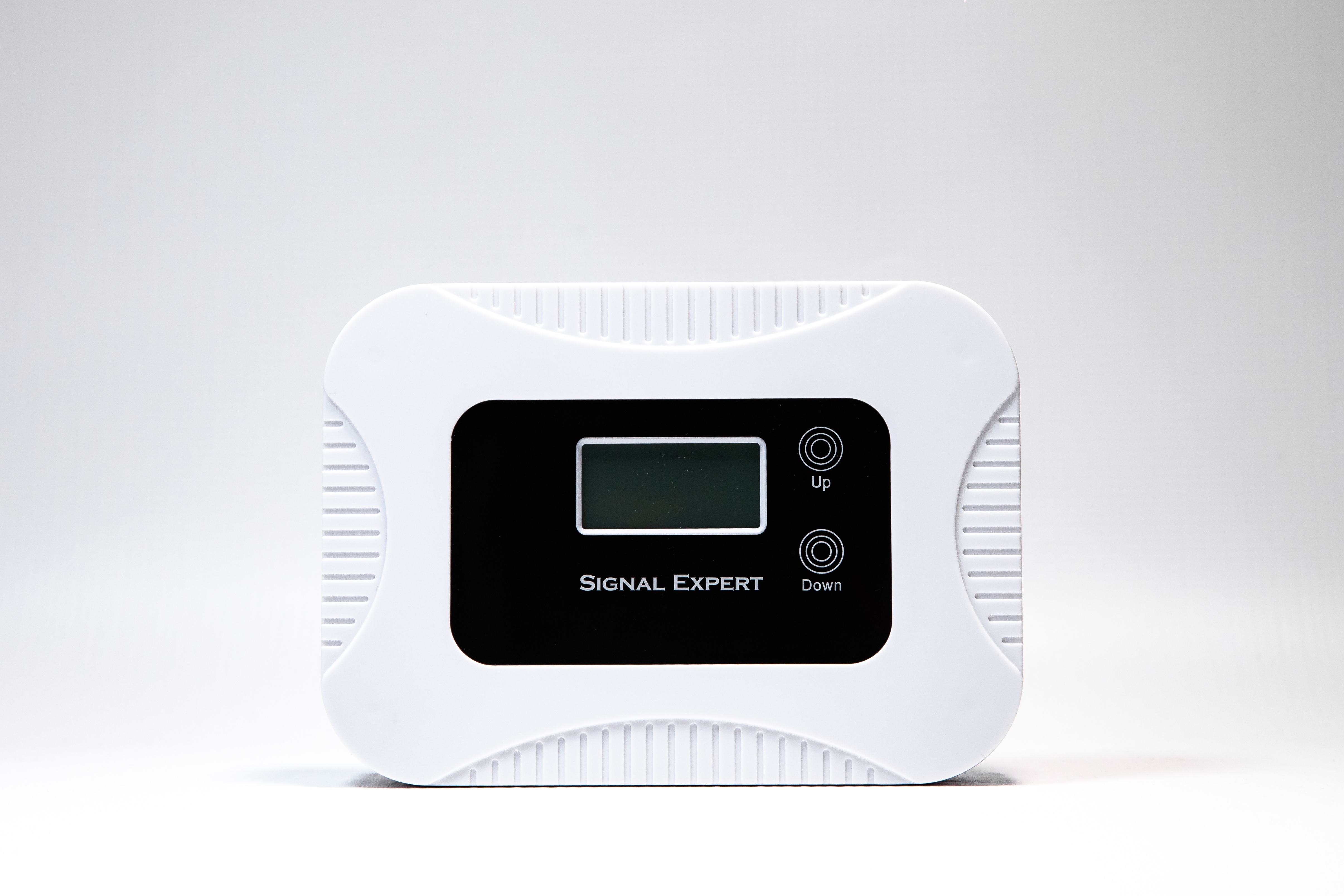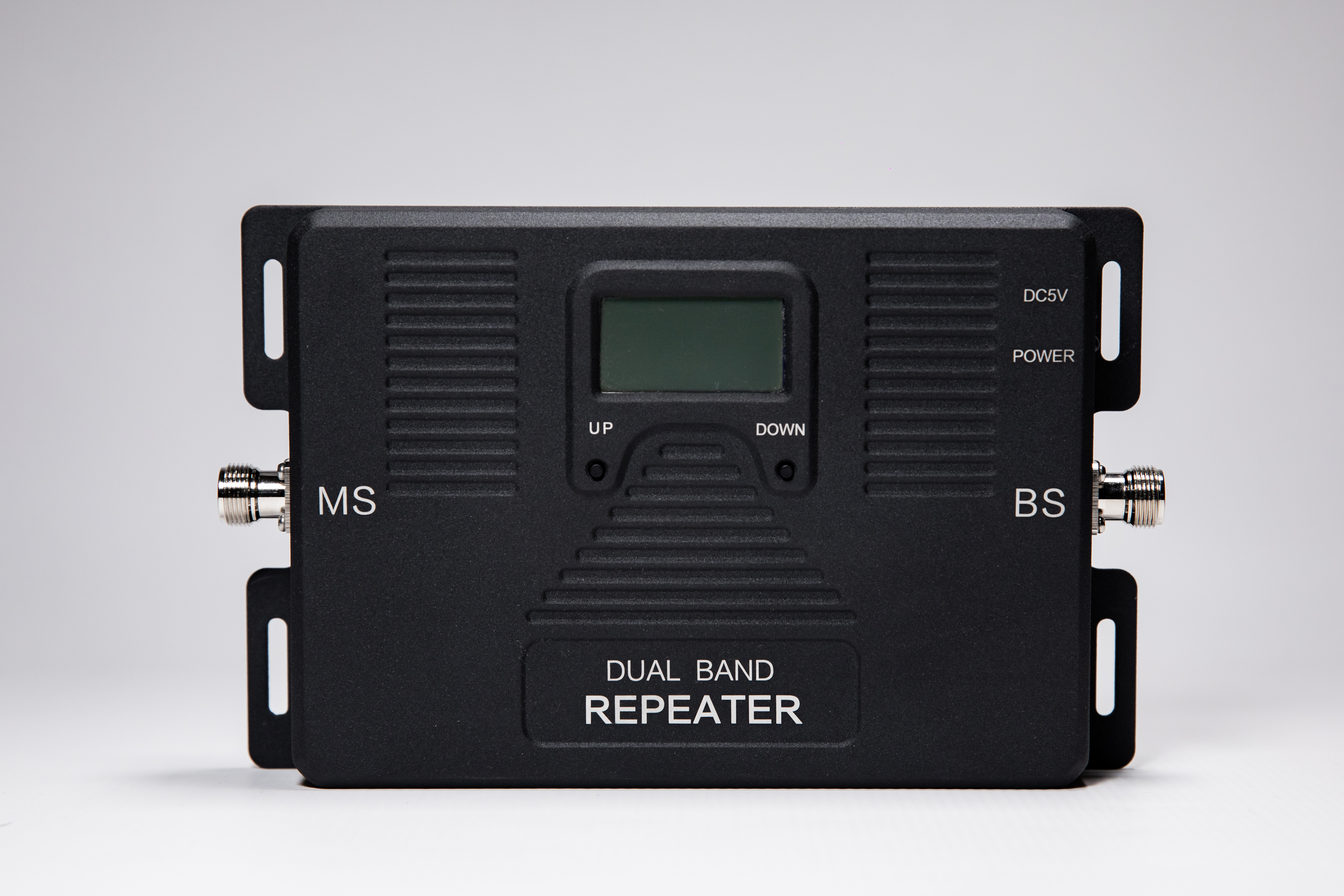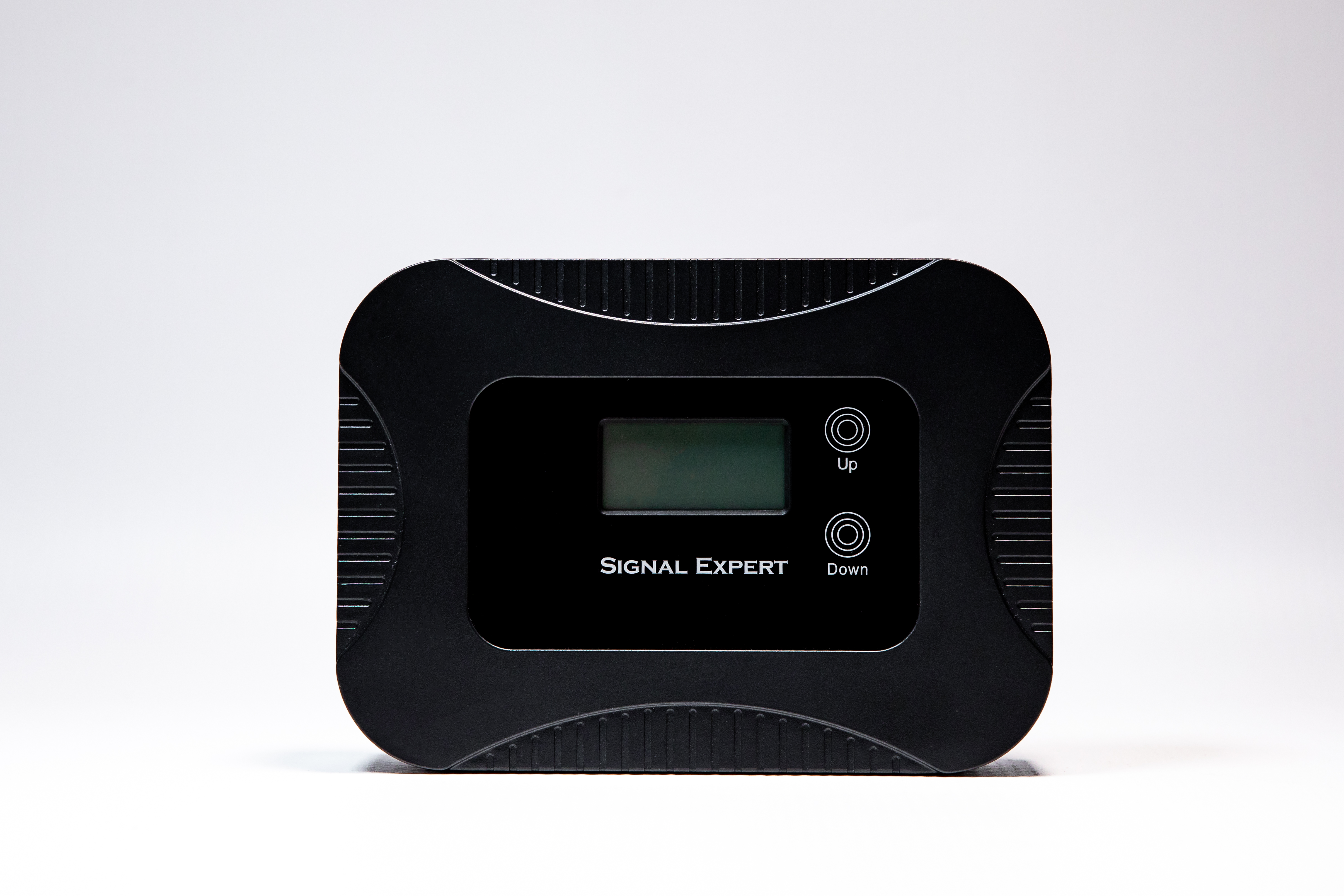Nobody’s immune to poor mobile reception. It happens to all of us and can cause trouble, especially if an important call gets interrupted or a video conference keeps freezing. Before getting to eliminating the problem, we have first to understand the origin. So what are the reasons behind bad reception?
The range can be quite large, and while some of them fall under our immediate control, others do not.

The further you are from the tower, the worse the signal is going to get.

The more metal, concrete and thick walls you have, the worse your signal will be.

Bad weather negatively affects the signal.

Trees, hills, mountains, and so on have a bad effect on the cell signal.

A crowded tower (many people trying to connect to it) will do your signal no good.

Any electronic appliances and metal objects create an interference with your signal.
Listed above, you will see all the main culprits behind your weak mobile signal reception. But how can all those things affect your device?
A mobile signal is a radio wave with a particular frequency that can travel impressive distances. However, large physical obstacles and disturbances can weaken the signal and cause inconvenience.
All these signal types, in reality, are telecommunication technologies of different generations. Let’s see how they work for your mobile internet.

2G
2nd Generation
The 2nd generation of wireless telephone technology results in a rather slow speed for the internet, much like dial-up times. As this sort of internet connection is outdated, 2G is most often used to describe voice calls and texting via SMS.
3G
3th Generation
The third generation of wireless technology and the one with the most extensive outreach. This technology allows us to video chat successfully, stream videos without constant buffering and have a better internet experience overall.
4G
4th Generation
The most popular wireless technology we use today, the 4th generation, allows for faster streaming, stronger connection and mobile internet faster than 3G.
5G
5th Generation
The fifth-generation wireless technology has generated a lot of controversies and has been talked about for quite a while now. It is promising to be a real game-changer in the sense of how we perceive the internet. Not all devices are capable of dealing with it, which gives us a new incentive for an upgrade!
If you are experiencing weak reception in an unfamiliar area, one of the best ways out is to manually reconnect to the nearest cell phone tower. For locating that tower, you can use a special app on your mobile device. These apps are typically catering to a specific operating system ( iOS or Android), or can be used by both. After you locate the tower, you might need to connect to it manually, using the settings on your phone.
You might have heard of this device under a different name. It is called a mobile phone signal booster, a mobile signal repeater, or an amplifier. This device will immediately boost your poor signal (voice, 3G and 4G). These devices are compatible with all local carriers and completely safe to use, as they are built according to all the necessary safety regulations.



When in doubt about owning a mobile repeater, remember, the perks come in bulk. However here are a few main points to highlight the most useful advantages:
Choose world’s best and 100% authentic signal boosters from us
Reception can go haywire in the middle of a busy street in an urban area, and in a cabin in a rural area. People on both ends can benefit from having a signal booster around.
For anyone looking to increase mobile signal, a booster is a permanent and fool-proof solution. It needs a one-time setup and voila! Enjoy your video chat!
If you can catch a decent signal outside, but your house, office, or even boat get poor signal quality inside, then a phone booster is the way to go. It will seamlessly make your signal strong and reliable.
So, whether you're struggling with dropped voice calls, seeking enhanced video streaming and browsing capabilities on 3G, looking for faster downloads and stronger connections on 4G, or preparing for the game-changing potential of 5G, there are signal boosters specifically designed to cater to your needs.
If you are wondering how this device functions, the principles behind its work are simple enough to understand.
Any phone signal booster has three main parts: the outdoor antenna, the amplifier unit, and the indoor antenna.


The outdoor antenna should be placed in a location where the signal is strongest. Preferably the roof, or else outside the window. Then connect the outdoor antenna to the amplifier, using the cable in the kit.
Choose a place for the amplifier, and after connecting it to the indoor antenna, plug it in.
If your outdoor signal is strong, the booster will be able to improve mobile phone signal and you can enjoy a fast connection anywhere within the designated area of the booster. It’s worth noting that the booster cannot generate the signal, it simply amplifies the signal coming in from the tower.
An important note that can reflect on signal quality. For both antennas to work properly without creating interference, you need to place them at a distance from one another. This way you’ll get a consistent quality signal without the disturbances.
In case the criteria mentioned above are not met and the antennas don’t have enough distance from one another, there might be interference, and as a result, the signal will still suffer. This means the mobile repeater still works, but you don’t feel the better signal only because of the wrong antenna positioning.
If you find yourself in this category, the most important question to ask is do you have a stable signal strength outside? If you don’t, the outdoor antenna can’t catch it, hence the amplifier can’t enhance it. As we’ve said before, the mobile signal repeater does not create the signal. Only makes strengthens the one you have outside.
How to get better phone signal in a forest cabin? How to boost phone signal at home if you live far from the tower? These are frequently asked questions that we would love to give answers to.
The only problem with rural and remote areas is the distance from the tower. A quite drastic but solid measure is getting the provider to install a cell tower near you. That might take a while, and require quite a bit of paperwork, but it has been done before.
If that doesn’t work, there are certain kinds of boosters that are specifically designed with this problem in mind. If the signal is fluctuating, the device might have trouble picking it up, but you’ll need a powerful device.
Statistics show that most people who purchase a mobile signal booster for home, do live in a rural area.
That depends on the device and the conditions your house is in. Before choosing a home signal booster, enter your information carefully in the filters: the provider, the area of the house, and the signal you are having trouble with. This way you’ll get the device best suited for your specific needs. Plus, you can always ask customer support for help in case you are feeling lost.

And again, the answer depends on your conditions and the area you are living in or travelling to. If you do have an outside signal, then the booster will definitely work for your car.
It is important to remember that there are boosters tailored for different vehicles. For cars, trucks, SUVs, motor homes, etc. A booster designed for a building will not work in a car, and vice versa. Get the model you need to be compatible with your car size and enjoy the great signal!
Usually, mobile signal boosters are equipped to accommodate all major providers in the area, but, nevertheless, there are exceptions to consider. If you choose a multi-band device, the chances are it will support a few big providers such as EE mobile, O2 mobile, Vodafone, tec.
If your device is a single-band booster, meaning it supports only one frequency, it might not be suited for you.
How to improve phone signal? Choose the right device of course. In order to help you choose correctly, there are filters installed on the search. Just go on the website and fill it out! Specify the following information:
The system will analyze your answers and offer you the list of best devices for your particular situation. You can browse through the boosters and choose the one that seems more appropriate to you.
There are a few things we should recap before we go forward. Here are a few things to consider while you choose a mobile phone booster:
Obviously, many different factors affect your decision. If you feel lost or in need of help at any moment, you can contact our customer support team and they will help you figure things out in a professional and friendly way! Our team works 24 hours, so you can call anytime.
Choose world’s best and 100% authentic signal boosters from us
This is a very important step in the process of getting your connection better. The right installation plays a key role in the results. Depending on whether you are installing the booster in the house, garage, office building, car, or boat, the procedures will be a bit different.

So where should you start?
If your outside signal is strong enough, get an omnidirectional (Omni) antenna. That way you can get all the signals coming in.
If your outside signal is weak, you need a directional antenna(yagi) to catch the strong signal coming from one particular tower. Aim the antenna towards the tower for a better signal.

That’s easy enough to check

If your signal is great in all the corners of your house, office, farm, boat, or truck, you have successfully installed the booster.
If you are still struggling to get a decent signal, there are a few things you need to check straight away:
While choosing a booster it’s very important to know their power levels. It is mentioned with the initials dB (Decibel). These devices also differ by their amplification strength. For areas under 150 sqm, all you need is a 10 dB booster. If you need a large area covered, say 500-700 sqm, you might need a 15dB device. Higher gain means higher coverage. If you have questions, check with our experts to be sure you’re getting the right device for your needs.